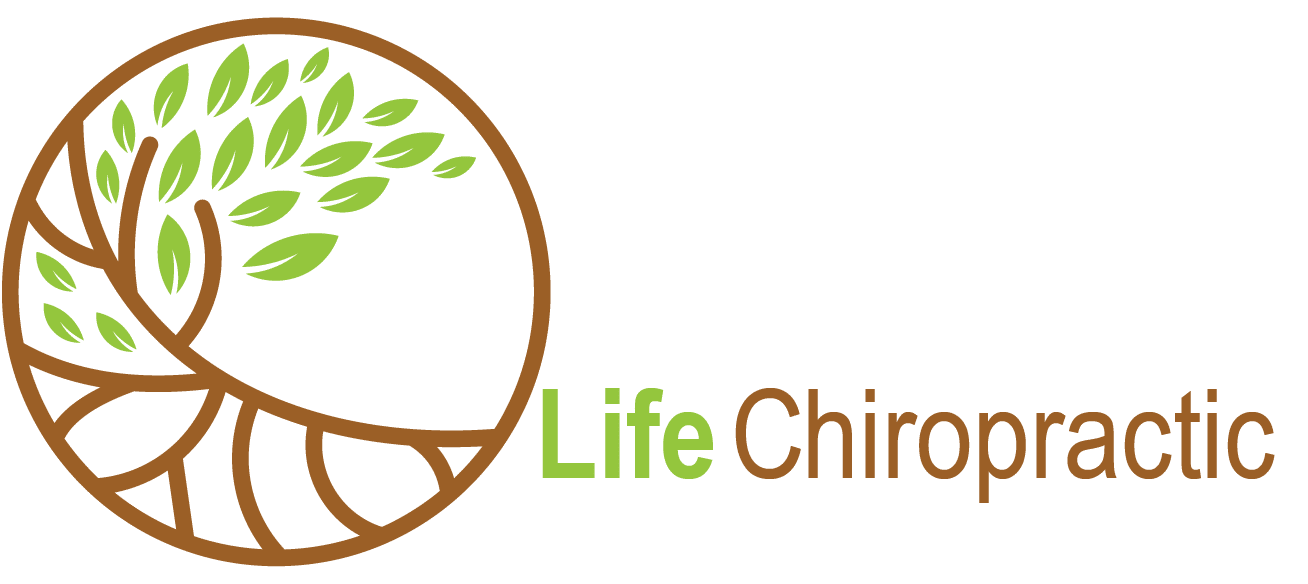Living with chronic pain is one of the most challenging conditions one can deal with. After all, it fueled the opioid crisis. But they had that all wrong. While medication has its place there are much more appropriate approaches to dealing with pain.
There’s a time and a place for medication. Long term there are many pitfalls to using medication to manage pain. If you are taking medication for chronic pain look up the list of ‘other’ effects of the medication. The pharmaceutical industry likes to call these ‘side effects’ but there is only cause and effect.
Is long term kidney or liver damage worth it if there are other options?
Many times, the other effects are just as debilitating as the pain. Maybe you can find a less invasive alternative.
MY EXPERIENCE OVERCOMING CHRONIC PAIN
Many years ago, as a teen I suffered with chronic pain that lasted more than 6 months before I found a solution. I was fortunate that I was young and found chiropractic before doing more permanent damage. I still suffer with chronic neck pain but with the right care I do great. As a result of my experience, I’ve focused my energy on the most effect strategies to helping people overcome chronic pain.
SUCCESS WITH CHRONIC PAIN
I often help people understand that health is a process as opposed to an event. You might have injured yourself in an event but the development of your pain has occurred over months and likely many years. This is a process.
This concept of process applies even more so if you are motivated to greatly reduce or potentially eliminate your chronic pain. By its very nature the term chronic indicates a long term pattern in the nervous system.
Changing that pattern is a process that takes time and repetition.
CHRONIC PAIN DOMINO EFFECT
When you’ve had pain for any length of time not only are you simply dealing with the pain but a number of adaptations you and your body have made in an attempt to deal with the pain. And, other effects as a result of the pain. Some of these are:
- Reduced quality, depth, and duration of sleep which drives up inflammation, interferes with healing, and increases the pain. This often also leads to anxiety and depression as well as fatigue.
- Chronic muscle tension which in itself becomes another source of pain or increases the pain.
- Breathing patterns which activate the Sympathetic ‘Fight-or-Flight’ portion of the nervous system driving up tension, inflammation, and pain.
- Altered Posture and Movement Patterns often arise to control pain but in the long term they become an aggravating factor.
THE FAILED TRADITIONAL APPROACH
The traditional medical approach to dealing with pain focuses on blocking the pain with very little effort at addressing the underlying cause or changing that. The most common approaches are:
- Pain Medication: ranging from over-the-counter analgesics to addictive drugs like Vicodin and Oxycontin.
- Electrical Stimulation: TENS units can be effective temporarily in reducing the pain signal but they don’t change anything and tend to lose their effectiveness over time.
- Nerve Blocks: injections into joints are often used as both a diagnostic tool and for short term treatment.
- Radio Frequency Ablation: this is used for spinal joints where they destroy the nerves in an attempt to eliminate the source of the pain. In my experience these people end up experiencing more pain somewhere else.
THE 3 MOST IMPORTANT TREATMENT SUCCESS FACTORS
The goal here is to change your chronic pain. Maybe you can eliminate it altogether. At the very least let’s look to drastically reduce how strong the pain, how often it comes, and how long it lasts.
You experience pain through your Nervous System. So, it should be no surprise that the most important success factors have a big impact on your Nervous System.
Full Disclosure: there are far more than 3 important factors but these 3 are critical if you want to improve your chronic pain.
1. Posture & Movement: As a result of injuries, habits, and attempts to take pressure off of injured or inflamed areas we change our body posture, how we sit and stand, how we walk and move. In short term it often feels like this helps us but in the long run it often becomes a factor that aggravates the pain.
You need to learn postures that put minimal stress on your body and learn how to move. For anyone with back pain it is also essential to learn how to activate the postural muscles.
2. Breathing: remember the last time you saw a child get hurt and get hysterical. Their breathing moves into their upper chest and becomes much faster. That’s not a problem for a 5-minute cry. But pain has a way of shifting our breathing into the upper chest, shoulders and neck. This activates the Fight-or-Flight system and creates a cycle of muscle tension, pain, and inflammation.
3. Joint Movement: If joints don’t move, they become painful and inflamed. It’s essential that any affected joints be restored and maintained in good motion. The spine is especially critical, with the cervical spine being the most important because of the brainstem.
I could have added sleep to this list because it is critical. The reason it isn’t there is because in my experience when I address joints and movement the result is almost always improved sleep.
Make sure to subscribe to my social media channels where I regularly post tips, insights and practices to help you.
Facebook: Life Chiropractic Facebook
YouTube: Life Chiropractic YouTube
Instagram: Life Chiropractic Instagram
